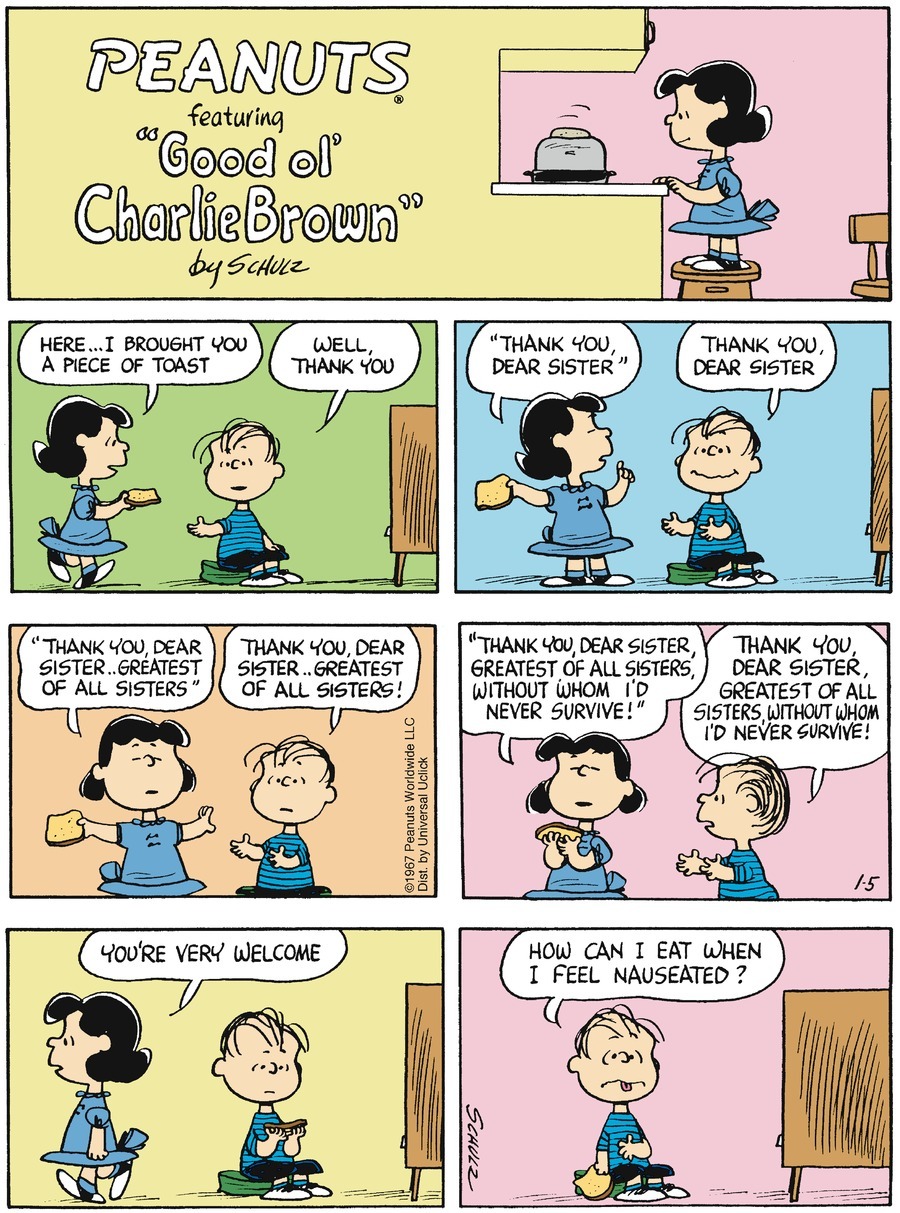|
learning > grammaire anglaise - niveau avancé
prépositions
with + N
≠
without + N
sémantisme / sens
traductions explicatives
avecpossession
avecmoyen
/ d'un-e seul-emoyen
avectemporel / contexte
avecbilan, constat
With 3 Soldiers Dead,
The U.S. Tries to Avoid Direct Conflict
With Iran
January 29, 2024 NPR
par
équivalent d'une proposition (SVO)
en français :
qui
V..., qui
ait..., qui a...,
à
avoir...
Cities with
soda taxes
saw sales of sugary drinks fall as
prices rose,
study finds
les villes qui
taxent les sodas...
January 6, 2024
NPR

The Guardian
ad p. 13 11 March 2006
Join the only bank with
an ethical policy
Traduction / explication :
en anglais courant,
une préposition peut avoir valeur de proposition.
La préposition
(ici with)
se traduit souvent en français
par une proposition (SVO)
relative (1)
ou infinitive (2) :
1 - la seule banque qui
ait des valeurs éthiques
ou
2 - la seule banque à avoir
des valeurs éthiques
with + Ndestinataire
Chelsea Manning
shared secrets
with WikiLeaks.
Now she's telling her own story
October 17, 2022
NPR
with
moyen
With One
Move,
Congress
Could Lift Millions Of
Children Out Of Poverty
February 26, 2021
NPR
with
temporalité / causalité
> événement important / cause
With The
U.S. Exit From Afghanistan,
India
Fears An Increasingly Hostile
Region
Updated August 27, 2021
NPR
with
autres énoncés
Sick and struggling to pay,
100 million
people in the U.S. live with
medical debt
June 16, 2022
NPR
U.S. Suicide Rate
Surges to a
30-Year High
APRIL 22, 2016
The New York
Times
By SABRINA
TAVERNISE
WASHINGTON —
Suicide in the United States has surged to the highest levels in nearly 30
years, a federal data analysis has found, with increases in every age group
except older adults. The rise was particularly steep for women. It was also
substantial among middle-aged Americans, sending a signal of deep anguish from a
group whose suicide rates had been stable or falling since the 1950s.
The suicide rate for middle-aged women, ages 45 to 64, jumped by 63 percent over
the period of the study, while it rose by 43 percent for men in that age range,
the sharpest increase for males of any age. The overall suicide rate rose by 24
percent from 1999 to 2014, according to the National Center for Health
Statistics, which released the study on Friday.
The increases were so widespread that they lifted the nation’s suicide rate to
13 per 100,000 people, the highest since 1986. The rate rose by 2 percent a year
starting in 2006, double the annual rise in the earlier period of the study. In
all, 42,773 people died from suicide in 2014, compared with
29,199 in 1999.
“It’s really stunning to see such a large increase in suicide rates affecting
virtually every age group,” said Katherine Hempstead, senior adviser for health
care at the Robert Wood Johnson Foundation, who has identified a link between
suicides in middle age and rising rates of distress about jobs and personal
finances.
Researchers also found an alarming increase among girls 10 to 14, whose suicide
rate, while still very low, had tripled. The number of girls who killed
themselves rose to 150 in 2014 from 50 in 1999. “This one certainly jumped out,”
said Sally Curtin, a statistician at the center and an author of the report.
American Indians had the sharpest rise of all racial and ethnic groups, with
rates rising by 89 percent for women and 38 percent for men. White middle-aged
women had an increase of 80 percent.
The rate declined for just one racial group: black men. And it declined for only
one age group: men and women over 75.
A Growing, Widespread Toll
From 1999 to 2014, suicide rates in the United States rose among most age
groups. Men and women from 45 to 64 had a sharp increase. Rates fell among those
age 75 and older.
The data analysis provided fresh evidence of suffering among white Americans.
Recent research has highlighted the plight of less educated whites, showing
surges in deaths from drug overdoses, suicides, liver disease and alcohol
poisoning, particularly among those with a high school education or less. The
new report did not break down suicide rates by education, but researchers who
reviewed the analysis said the patterns in age and race were consistent with
that recent research and painted a picture of desperation for many in American
society.
“This is part of the larger emerging pattern of evidence of the links between
poverty, hopelessness and health,” said Robert D. Putnam, a professor of public
policy at Harvard and the author of “Our Kids,” an investigation of new class
divisions in America.
The rise in suicide rates has happened slowly over many years. Federal health
researchers said they chose 1999 as the start of the period they studied because
it was a low point in the national suicide rate and they wanted to cover the
full period of its recent sustained rise.
The federal health agency’s last major report on suicide, released in 2013,
noted a sharp increase in suicide among 35- to 64-year-olds. But the rates have
risen even more since then — up by 7 percent for the entire population since
2010, the end of the last study period — and federal researchers said they
issued the new report to draw attention to the issue.
Policy makers say efforts to prevent suicide across the country are spotty.
While some hospitals and health systems screen for suicidal thinking and operate
good treatment programs, many do not.
“We have more and more effective treatments, but we have to figure out how to
bake them into health care systems so they are used more automatically,” said
Dr. Jane Pearson, chairwoman of the National Institute of Mental Health’s
Suicide Research Consortium, which oversees the National Institutes of Health
funding for suicide prevention research. “We’ve got bits and pieces, but we
haven’t really put them all together yet.”
She noted that while N.I.H. funding for suicide prevention projects had been
relatively flat — rising to $25 million in 2016 from $22 million in 2012 — it
was a small fraction of funding for research of mental illnesses, including mood
disorders like depression.
The new federal analysis noted that the methods of suicide were changing. About
one in four suicides in 2014 involved suffocation, which includes hanging and
strangulation, compared with fewer than one in five
in 1999. Suffocation deaths are harder to prevent because nearly anyone has
access to the means, Ms. Hempstead said. Death from guns fell for both men and
women. Guns went from being involved in 37 percent of female suicides to 31
percent, and from 62 percent to 55 percent for men.
The question of what has driven the increases is unresolved, leaving experts to
muse on the reasons.
Julie Phillips, a professor of sociology at Rutgers who has studied suicide
among middle-aged Americans, said social changes could be raising the risks.
Marriage rates have declined, particularly among less educated Americans, while
divorce rates have risen, leading to increased social isolation, she said. She
calculated that in 2005, unmarried middle-aged men were 3.5 times more likely
than married men to die from suicide, and their female counterparts were as much
as 2.8 times more likely to kill themselves. The divorce rate has doubled for
middle-aged and older adults since the 1990s, she said.
Disappointed expectations of social and economic well-being among less educated
white men from the baby-boom generation may also be playing a role, she said.
They grew up in an era that valued “masculinity and self-reliance” —
characteristics that could get in the way of asking for help.
“It appears this group isn’t seeking help but rather turning to self-destructive
means of dealing with their despair,” Professor Phillips said.
Another possible explanation: an economy that has eaten away at the prospects of
families on the lower rungs of the income ladder.
Dr. Alex Crosby, an epidemiologist at the Centers for Disease Control and
Prevention, said he had studied the association between economic downturns and
suicide going back to the 1920s and found that suicide was highest when the
economy was weak. One of the highest rates in the country’s modern history, he
said, was in 1932, during the Great Depression, when the rate was 22.1 per
100,000, about 70 percent higher than in 2014.
“There was a consistent pattern,” he said, which held for all ages between 25
and 64. “When the economy got worse, suicides went up, and when it got better,
they went down.”
But other experts pointed out that the unemployment rate had been declining in
the latter period of the study, and questioned how important the economy was to
suicide.
The gap in suicide rates for men and women has narrowed because women’s rates
are increasing faster than men’s. But men still kill themselves at a rate 3.6
times that of women. Though suicide rates for older adults fell over the period
of the study, men over 75 still have the highest suicide rate of any age group —
38.8 per 100,000 in 2014, compared with just four
per 100,000 for their female counterparts.
A version of
this article appears in print on April 22, 2016, on page A1 of the New York
edition with the headline: Sweeping Pain as Suicides Hit a 30-Year High.
U.S. Suicide
Rate Surges to a 30-Year High,
NYT,
April 22, 2016,
https://www.nytimes.com/2016/04/22/
health/us-suicide-rate-surges-to-a-30-year-high.html
without > énoncés

Thank you,
dear sister, greatest of all
sisters,
without
whom
I'd never survive!
[ who
+ m
=
whom
(pronom objet de
survive) ]
Peanuts
by Charles Schulz
GoComics
January 05, 2014
https://www.gocomics.com/peanuts/2014/01/05
Playing a religious
character
without making
faith the punchline
May 28, 2023 NPR
Voir aussi > Anglonautes >
Grammaire anglaise
explicative - niveau avancé
prépositions + N
|